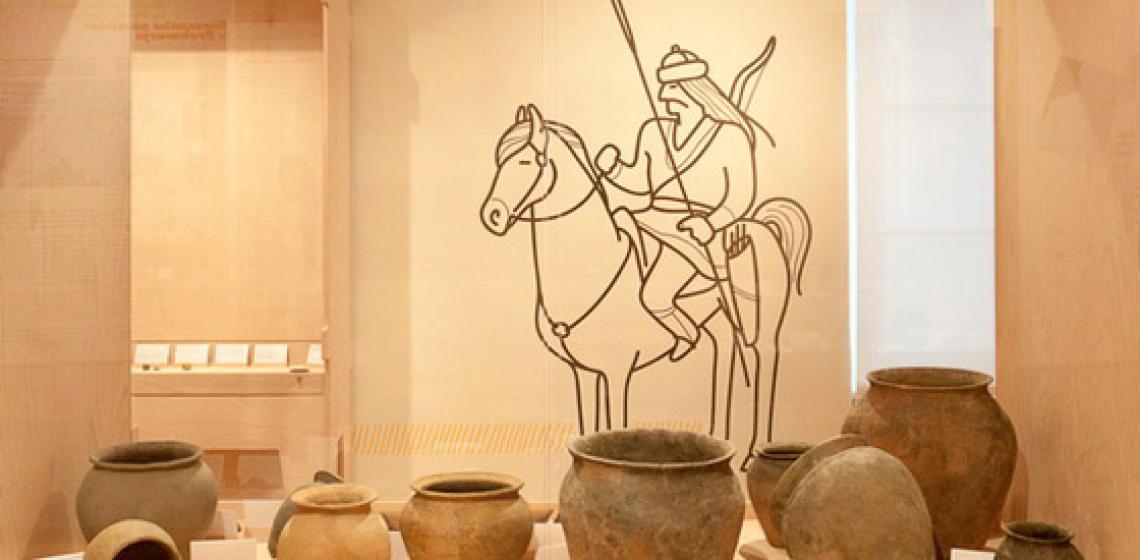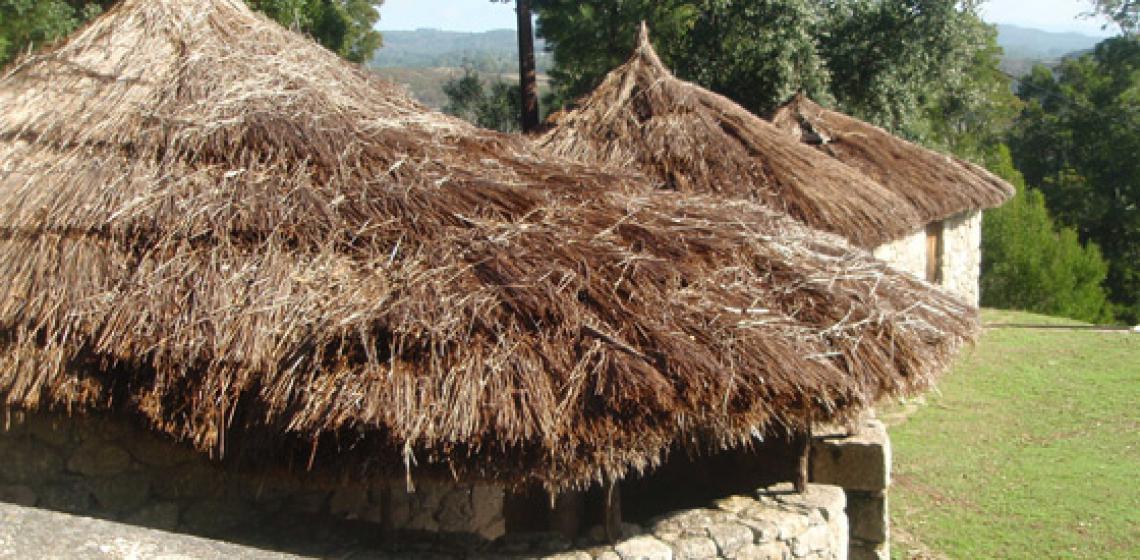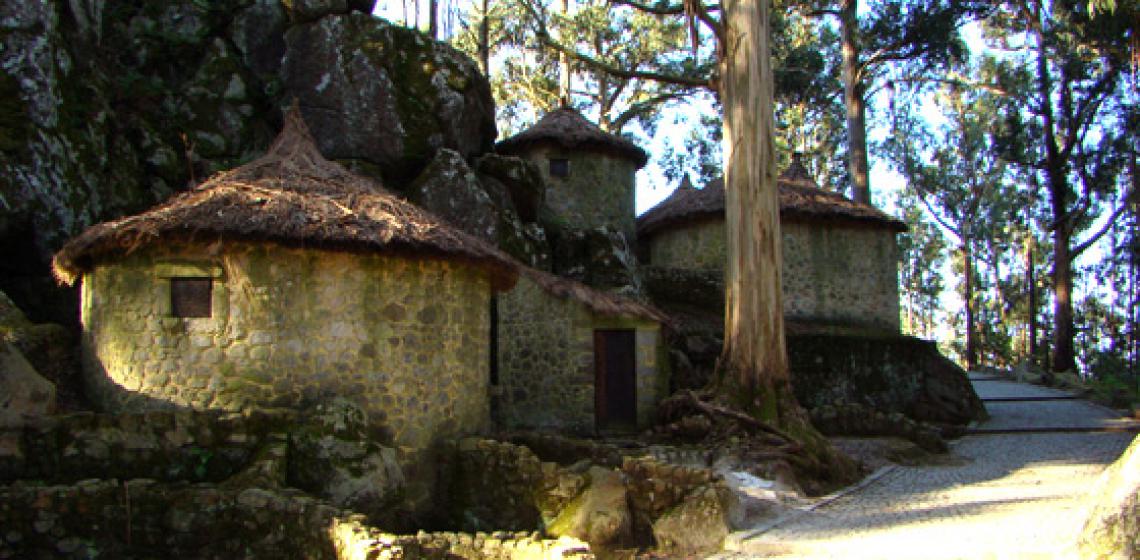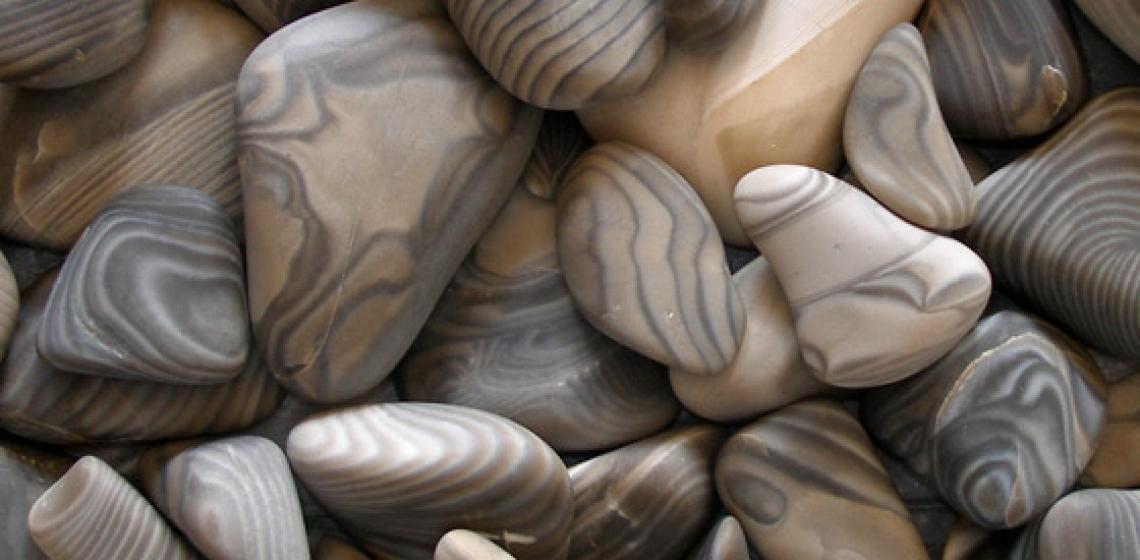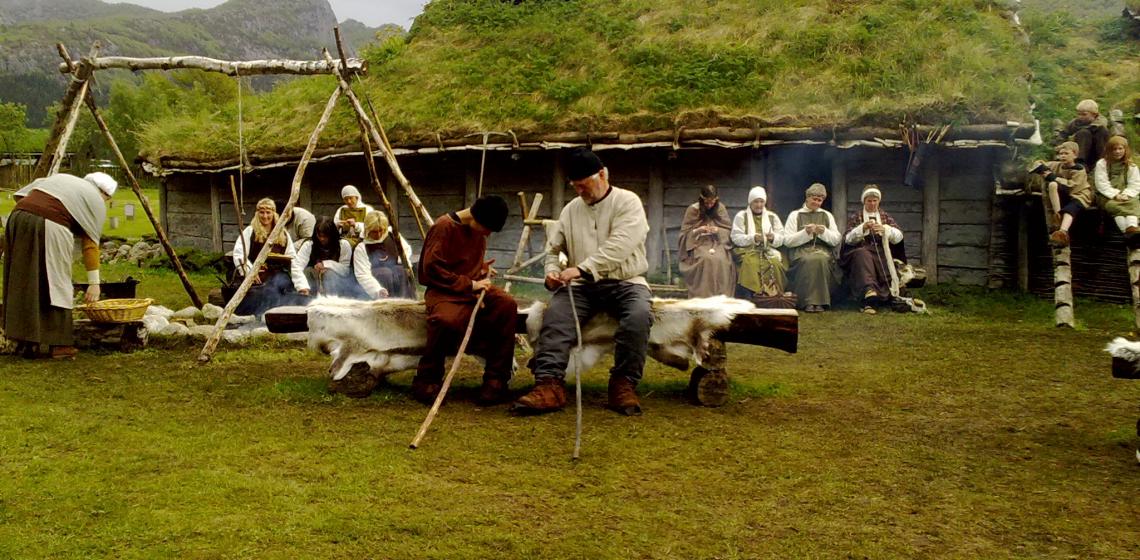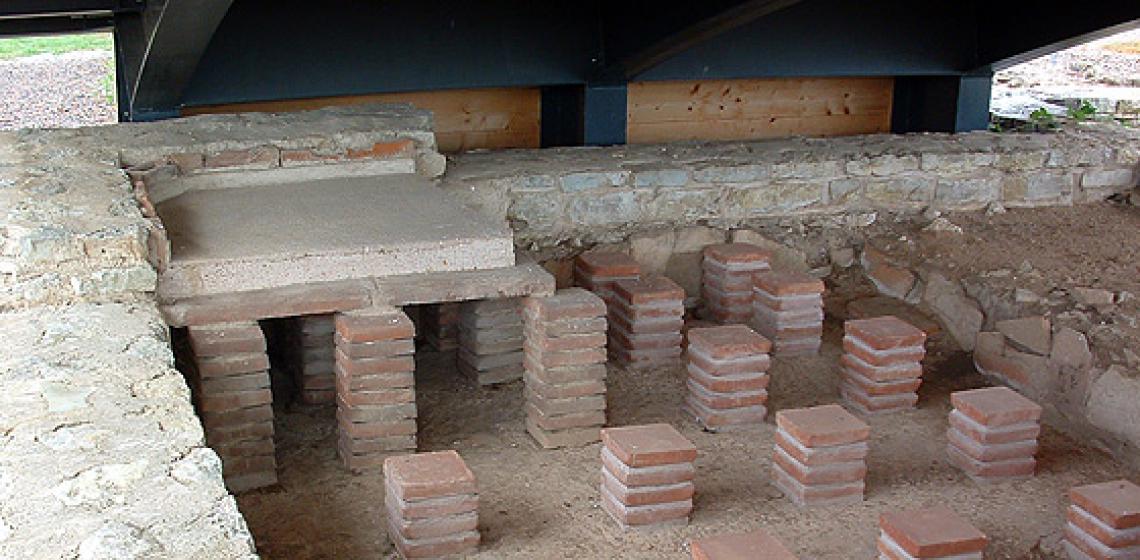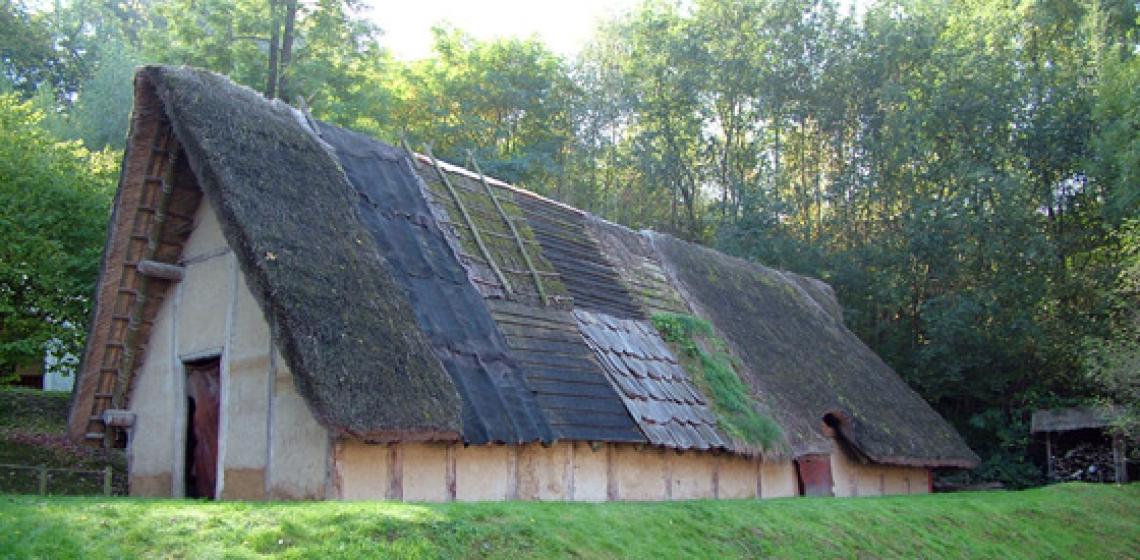Prazgodvinska Naselbina Gradisce (SI)
1960 a Bronze Age settlement, a rectangular fortified site, was discovered on a Pleistocene terrace near the river Ščavnica. The site was named Gradišče. In the early 1980s,the western part was excavated by the Murska Sobota Regional Museum.
1960 a Bronze Age settlement, a rectangular fortified site, was discovered on a Pleistocene terrace near the river Ščavnica. The site was named Gradišče. In the early 1980s,the western part was excavated by the Murska Sobota Regional Museum...

